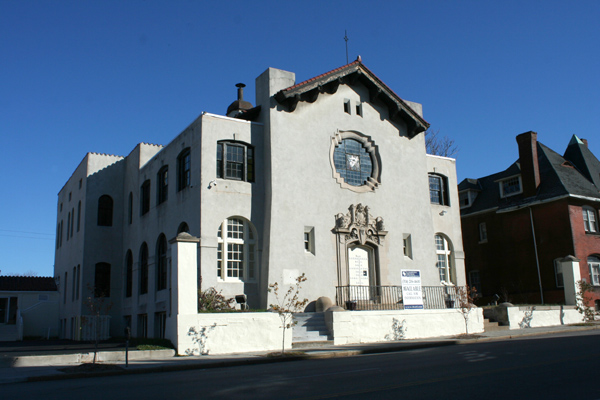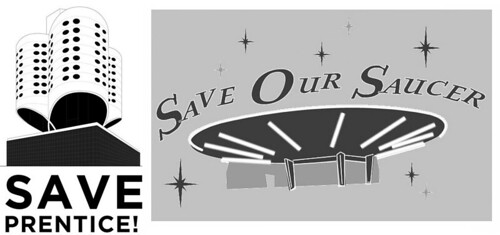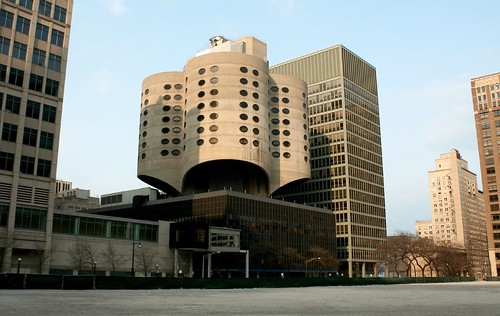





I've arbitrarily split this zone into two areas, called one Downtown West and the other Midtown East, and documented almost everything of note within them. These twin tours have been in the making for a good six months or so; I started photographing almost two years ago. Hopefully the results are worth it.
Exploring these areas has been an exciting treasure hunt. I've visited a half dozen churches (and met several pastors and congregants), found several MidCentury gems, and finally taken a good look at iconic landmarks like the Butler Brothers Building and the General American Life Building.
Perhaps the greatest find was a building that has been altered beyond recognition today - the spectacular Century Electric Company building across from Union Station, a MidCentury building lost in the 1980s to a Post-Modern reskin. This was one of the earliest, largest and - in my opinon - most significant Modernist buildings in St. Louis; I remained surprised that it is not more widely known in preservation circles.
This area abounds in National Register of Historic Places properties, which means a vast amount of information is available for many of the buildings. I've included short histories of the buildings on each page, with links to the much more detailed nomination forms immediately after.

The new tours incorporate a number of existing pages and are tied in with various other existing tours - you can either plow straight through or take detours to your heart's content. Either way, I hope you'll enjoy them and that they will compel you to spend some time on these fascinating and often-overlooked streets.







